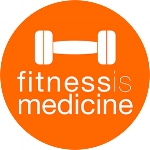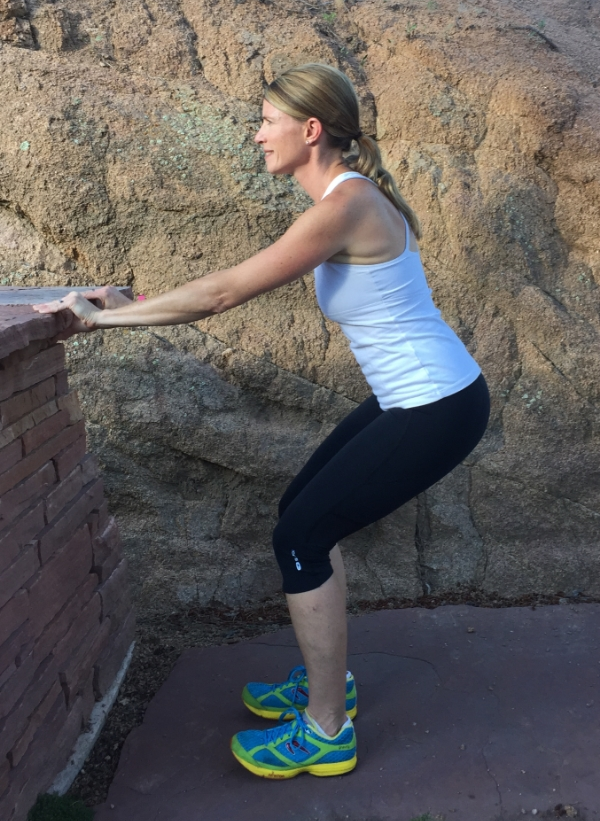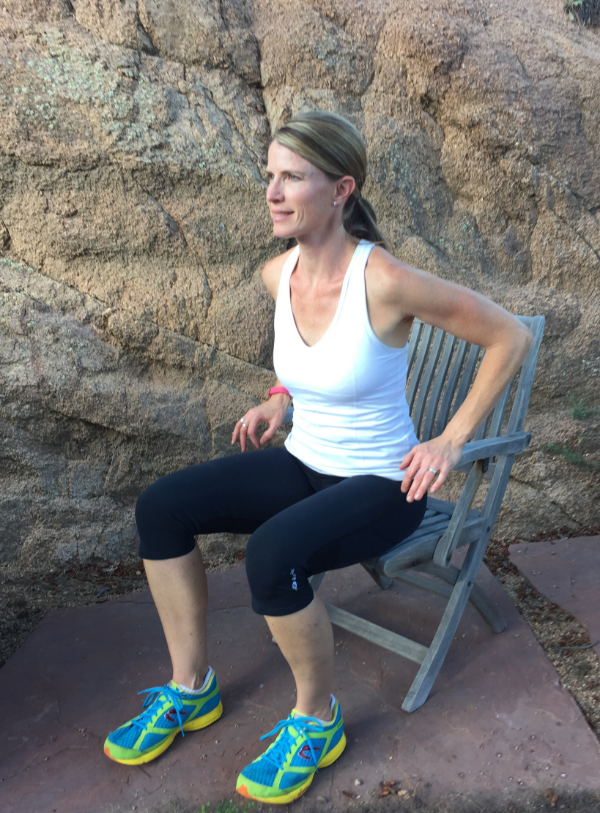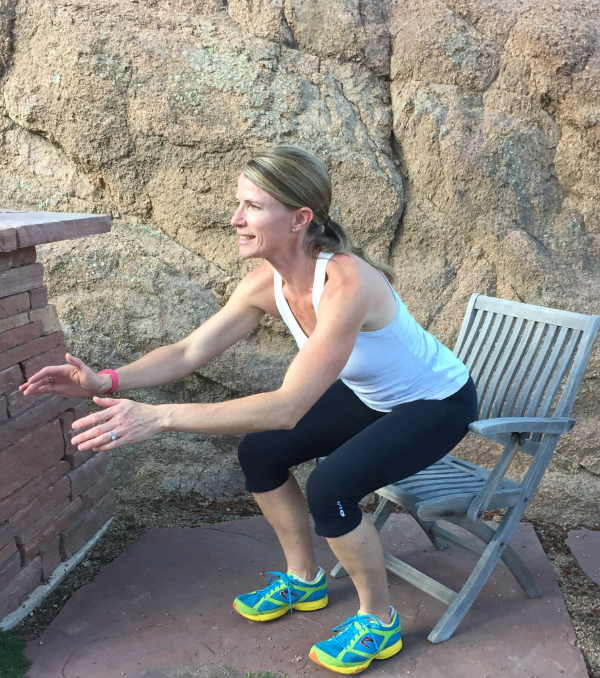The Squat: 5 Different Ways to Perform the “Other Perfect Exercise”
Some may argue that the squat is the perfect exercise, listed among some of the other top contenders, the push-up, the deadlift, and the plank. The reason the squat is such a great exercise is that it incorporates most of the large muscle groups in your lower body. It is also extremely functional. You need to keep these muscles strong throughout your entire life to keep performing even the most basic of activities of daily living. These muscles allow you to: stand up out of a chair, a car, the toilet, get up off the ground, pick something up off the floor or a low shelf, etc. Beyond that, they give you a good base of support for standing, balance, walking, and maneuvering around obstacles. What?! you may be thinking! I can’t squat – my knees hurt too much! Trust me. The stronger you make your quadriceps and hamstrings, the better you’ll be able to do this. Plus, if you rely solely on your back to do all the work, and do not bend your knees, you will also end up with back pain. That’s another blog post entirely.
1. Mini Squats: Stand at your kitchen sink or a sturdy railing with your feet about shoulder-width apart. Sit your bottom back slowly, as if you were going to sit back on a stool. You should bend your knees only slightly. The most important thing here is to sit BACK. Do not let your knees to all the work. Keep your knees straight over your ankles and DO NOT let them go forward of your toes. Squeeze your gluts as you stand back up to the starting position. Remember this is a very small motion. Use your sink or railing to help you maintain proper form. Work up to performing 10-15 repetitions, and then increase to 2-3 sets.
2. Full Body-Weight Squat: Start in the same position as above, but turn your toes out slightly and sit back even further. Try to sit back to create a 90 degree angle at your knees. If your balance is good enough, step back from the sink or railing, but continue to reach your arms out forward to help offset your balance. Remember to keep your knees behind your toes and squeeze your gluts as you stand back up.
3. Sit to Stand: This is exactly what it sounds like. Stand up from a chair and sit back down. The keys here are a sturdy chair and proper form. Find a chair that is firm and sturdy and will not move from under you when you go to stand up. A kitchen chair backed up against a wall works well. Sit forward toward the edge of your chair. Stagger your feet slightly. Use your hands to push up off the edge of the chair if you need. Stand all the way up and then slowly sit back down. Try not to fall back into the chair. Repeat 10 times and work up to 2-3 sets.
4. Sit to Stand Without Sitting: This is a more advanced version of the sit to stand. As explained above, stand up from a chair. Now, when you go to sit back down, lower nearly to the chair, but don’t sit! Stand back up! If this proves too difficult, go back to sit to stands and do them very slowly.
5. Wall Sit:
Begin these exercises with limited range of motion and low repetitions, increasing as you build strength and confidence. Remember to follow with your stretches, illustrated in my previous stretching post.









